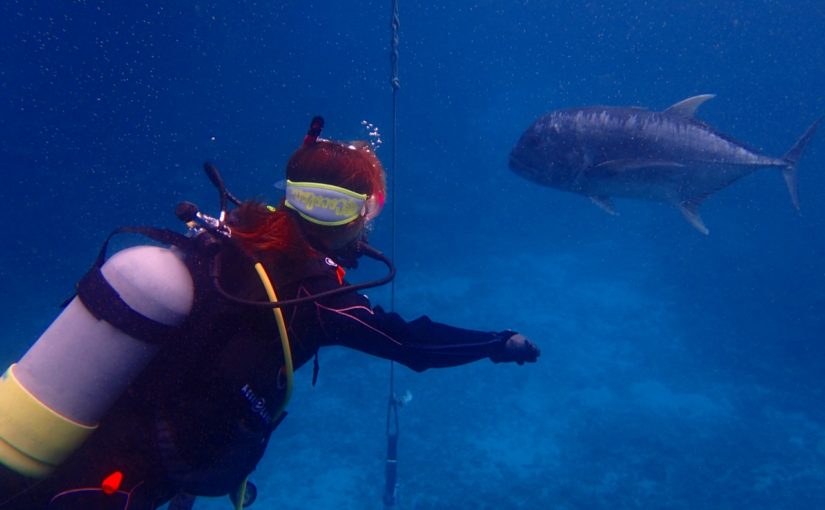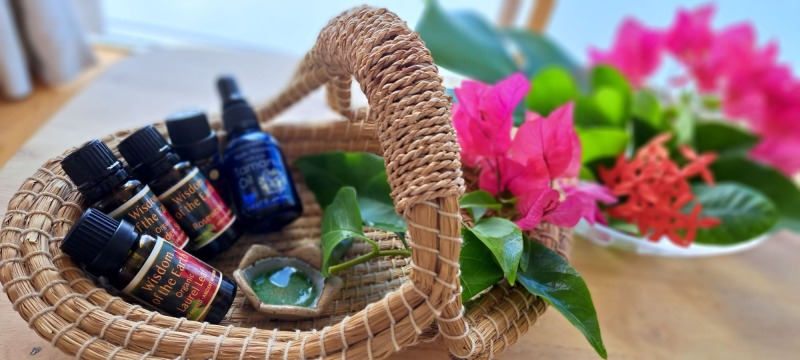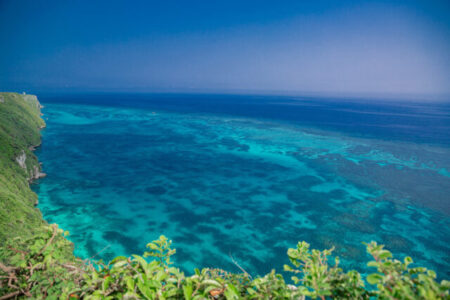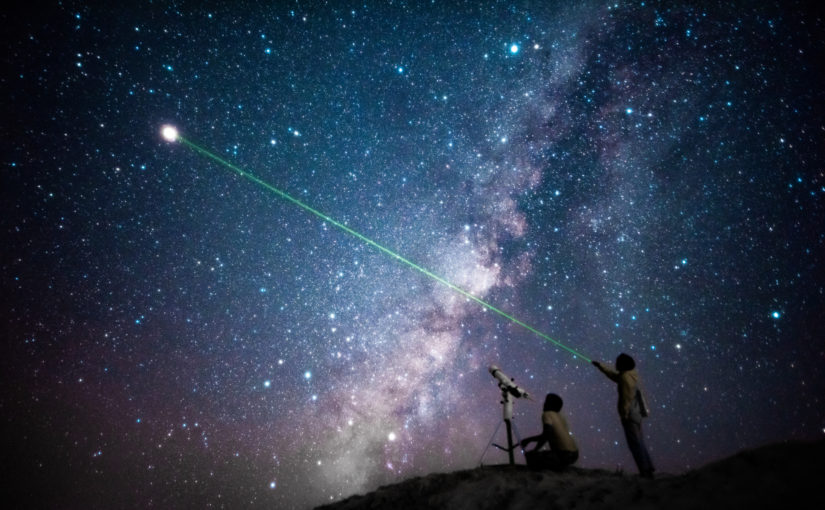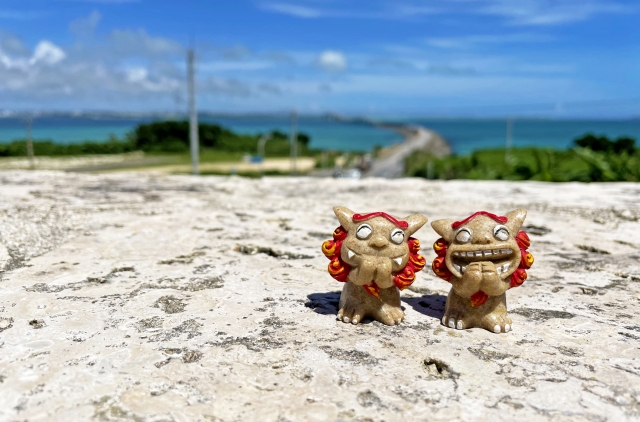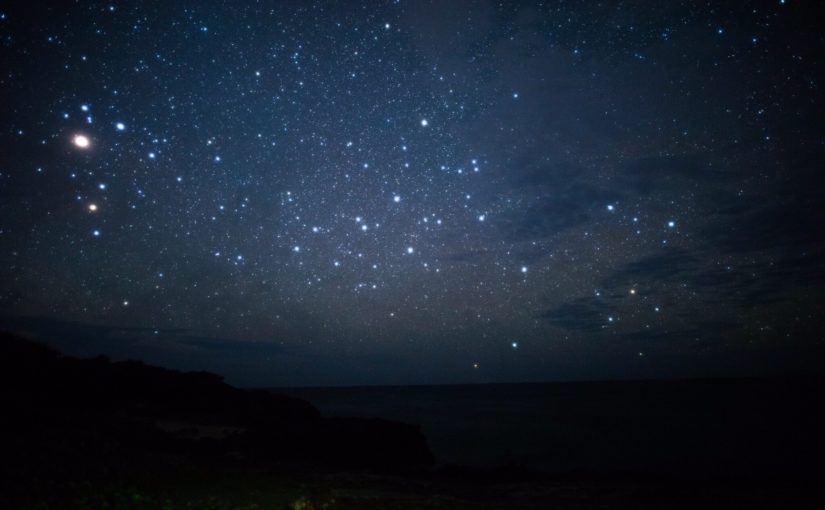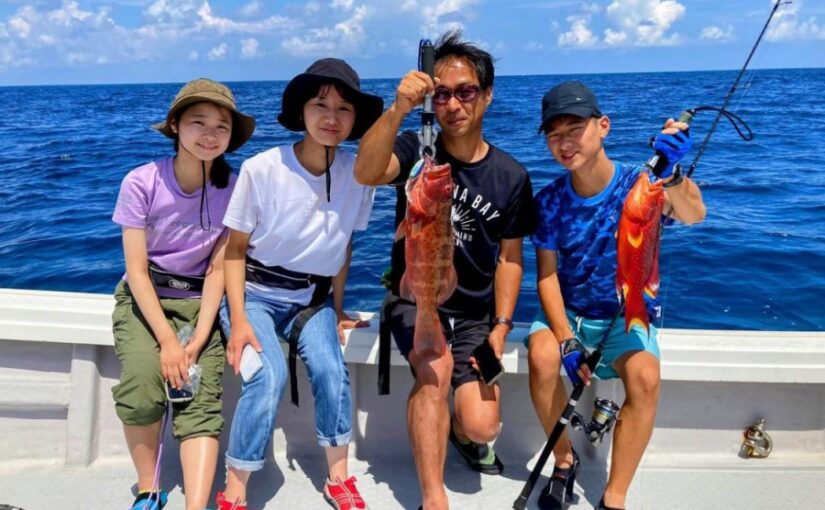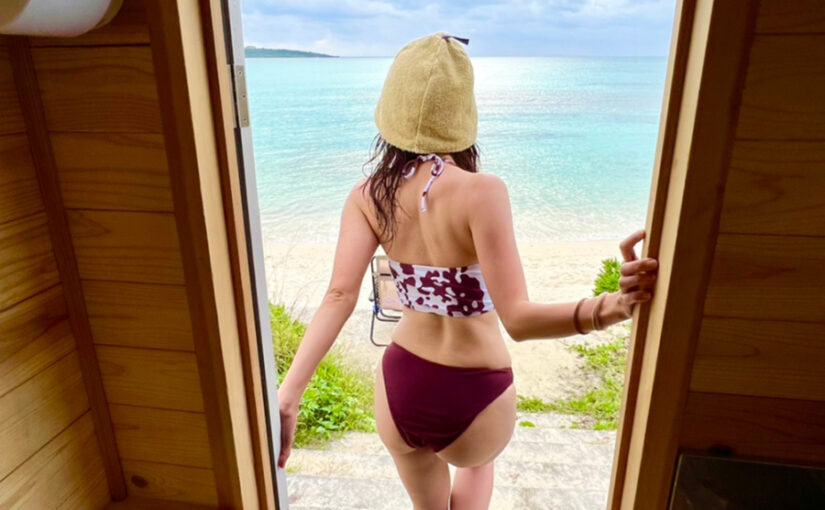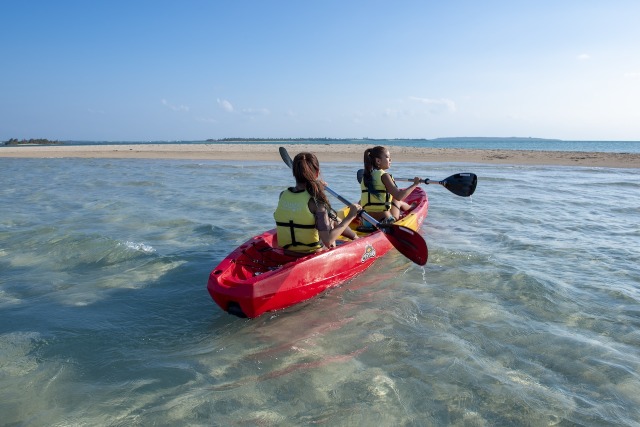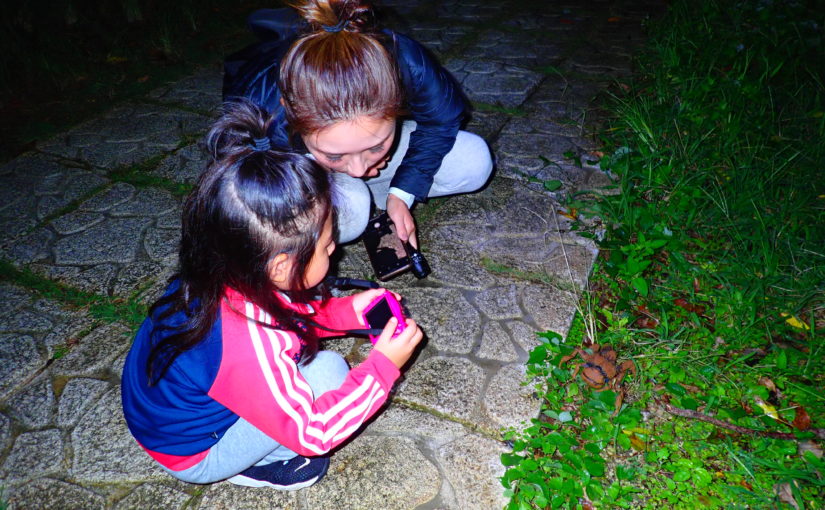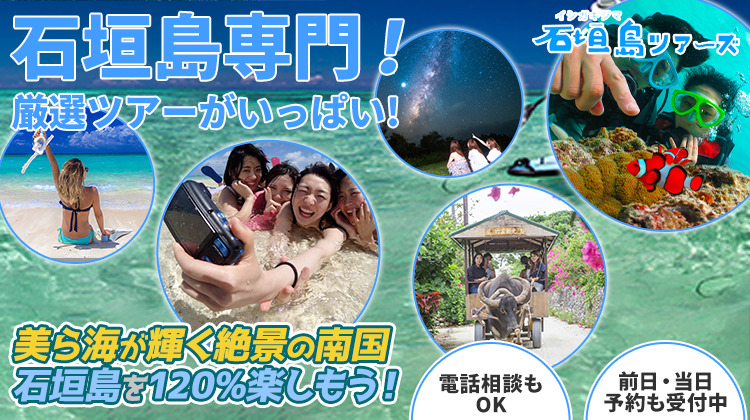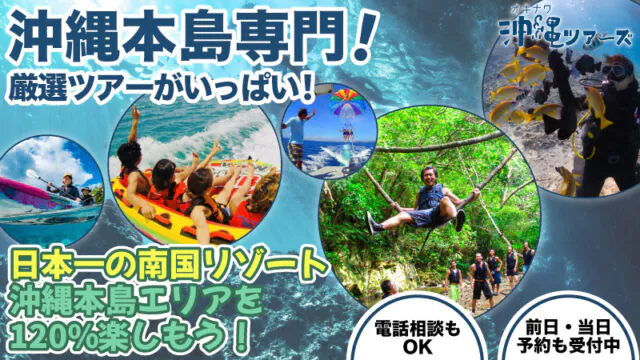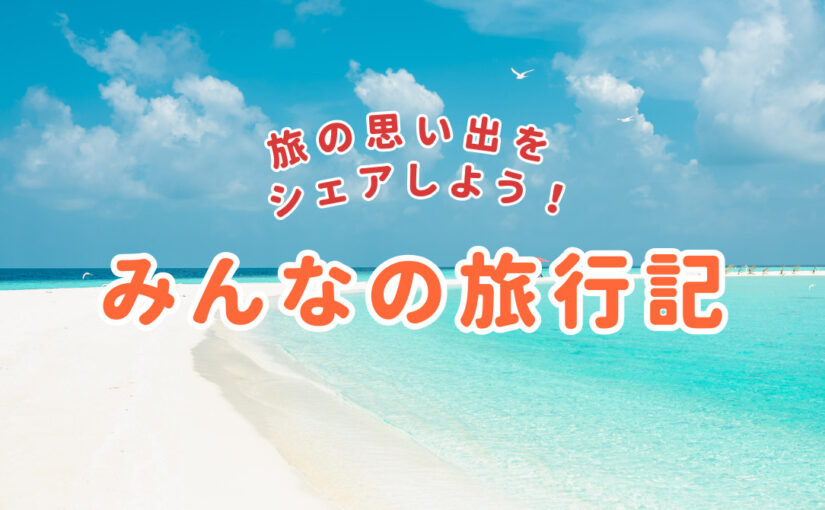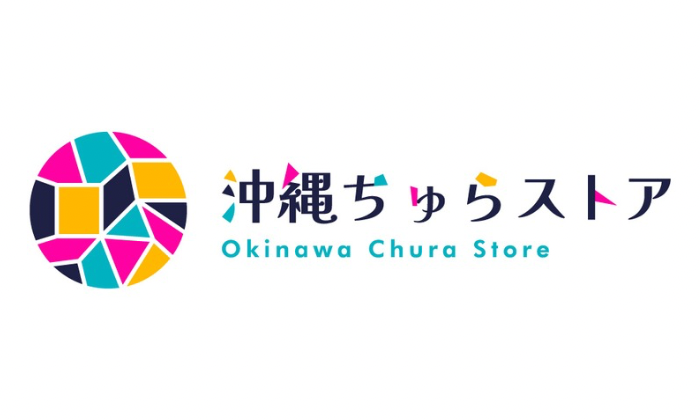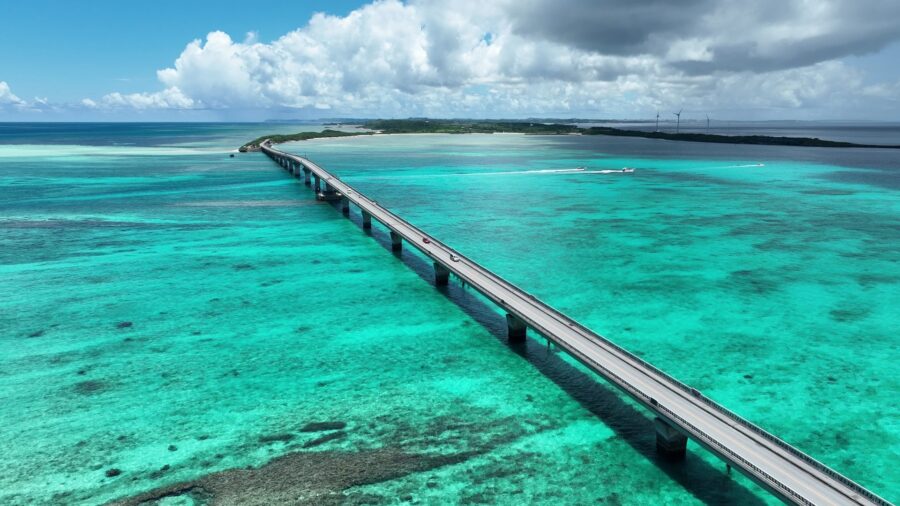
미야코 섬의 다리: 이라부와 이케마로 가는 관문
목차
이라부와 이케마 섬의 미야코 섬 다리를 소개합니다.
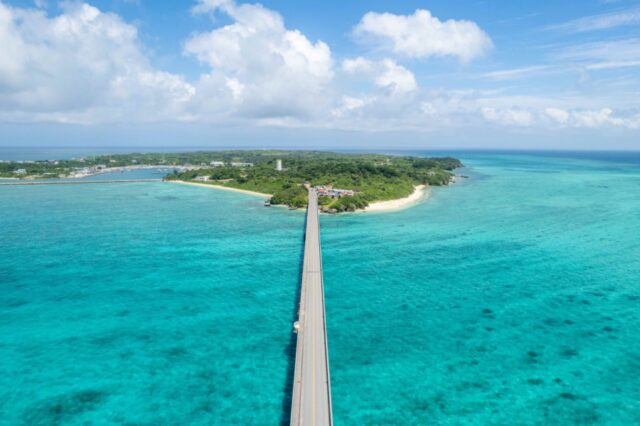
미야코 섬의 아름다운 섬 이라부와 이케마 섬을 연결하는 미야코 섬의 다리 네트워크의 매혹적인 세계를 발견해 보세요. 이 종합 가이드는 다음과 같은 내용을 담고 있습니다. 이 종합 가이드는 이라부-오하시와 이케마 다리의 공학적 경이로움을 탐구하고, 꼭 방문해야 할 명소를 소개하며, 이 두 섬의 풍부한 문화적 태피스트리에 대해 자세히 설명한다. 오키나와의 보석.
자연 그대로의 해변부터 전통 마을 생활까지, 자연과 문화, 지속 가능한 관광을 결합한 잊을 수 없는 아일랜드 호핑 어드벤처를 경험해 보세요. 자연과 문화, 지속가능한 관광을 결합한 잊을 수 없는 모험을 떠나보세요.
추천 투어 ↓ ↓
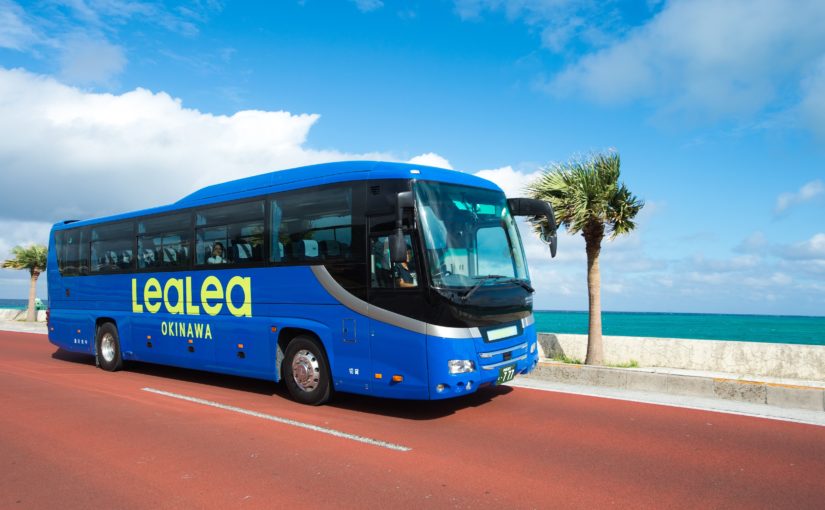 미야코지마/관광버스/1일] 미야코제도 5섬 & 3대 대교의 절경 스폿을 둘러보자☆버스 가이드가 동행하는 관광버스 투어 (No.928)開始時間8:25~17:40필요한 시간약 9시간8,000엔
미야코지마/관광버스/1일] 미야코제도 5섬 & 3대 대교의 절경 스폿을 둘러보자☆버스 가이드가 동행하는 관광버스 투어 (No.928)開始時間8:25~17:40필요한 시간약 9시간8,000엔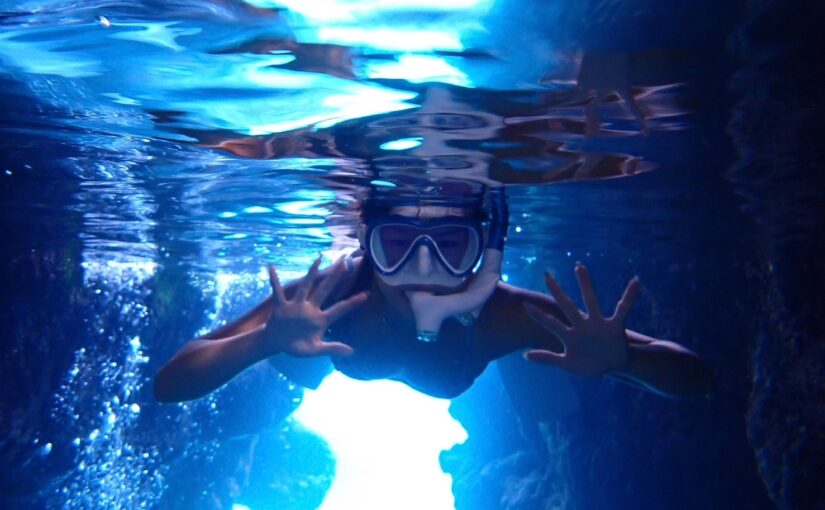 봄의 특별 SALE【이라베섬/약2시간】신명소『사파이어 동굴』에서 대모험☆반짝이는 푸른 동굴 스노클링 & 동굴 탐험 투어★사진 무료 & 송영 상담 가능(No.832)開始時間:9:30~11:30 / 13:30~15:30필요한 시간약 2시간8,900엔 →7,900円
봄의 특별 SALE【이라베섬/약2시간】신명소『사파이어 동굴』에서 대모험☆반짝이는 푸른 동굴 스노클링 & 동굴 탐험 투어★사진 무료 & 송영 상담 가능(No.832)開始時間:9:30~11:30 / 13:30~15:30필요한 시간약 2시간8,900엔 →7,900円
미야코섬의 교량 네트워크 소개
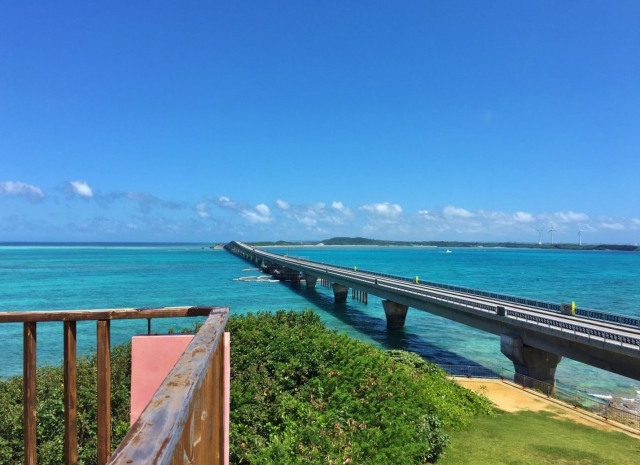
미야코 섬의 교량 네트워크는 현대 공학과 지역사회를 연결하고자 하는 열망을 보여주는 증거입니다. 이 교량들은 지역 주민의 생활 방식을 변화시켰습니다. 지역 주민들에게는 삶의 방식을 변화시켰고, 관광객들에게는 새로운 가능성을 열어주어 오키나와의 청정 바다에서 원활한 섬 여행 경험을 선사한다.
섬을 연결하는 것의 중요성
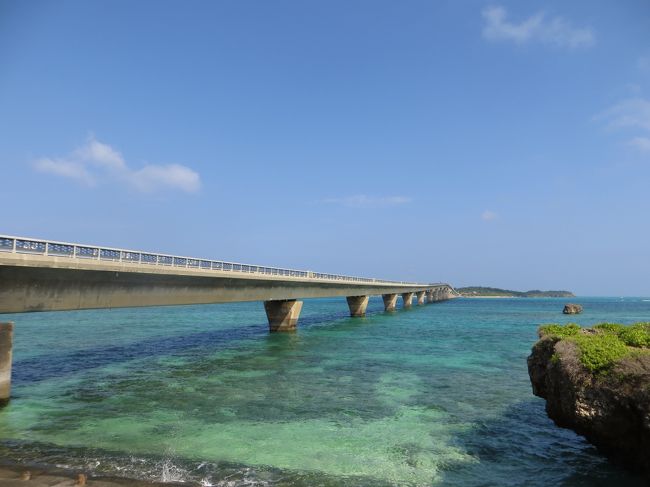
미야코, 이라부, 이케마 섬을 연결하는 다리는 주민과 방문객 모두의 일상에 혁명을 가져왔다. 다리가 건설되기 전에는 섬 주민들은 날씨와 일정에 따라 운항이 제한되는 페리에 의존하고 있었다.
이제 이 다리는 24시간 연중무휴로 접근이 가능하며, 경제 성장을 촉진하고, 의료 접근성을 개선하며, 교육 기회를 향상시키는 역할을 하고 있다. 관광객들에게 다리는 한 번의 여행으로 여러 섬을 쉽게 둘러보며 다양한 풍경과 문화를 체험할 수 있는 기회를 제공하고 있다.
이라부 및 이케마 제도 개요
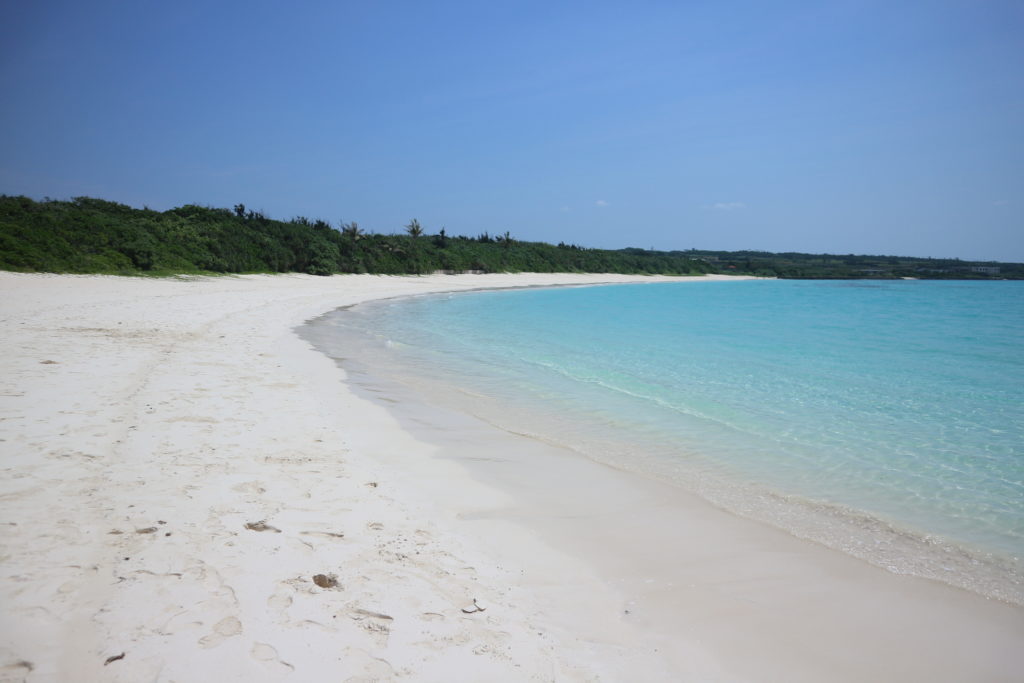
미야코에서 쉽게 접근할 수 있는 이라부 섬과 이케마 섬은 각각 독특한 매력을 가지고 있다.
두 곳 중 규모가 더 큰 이라부는 아름다운 해변과 울창한 숲, 오키나와의 전통과 현대 문화가 어우러진 곳이다.
규모가 작고 한적한 이케마는 깨끗한 자연과 친절한 현지인, 그리고 미야코의 전통 생활을 엿볼 수 있는 곳으로 유명하다.
두 섬 모두 현지 음식을 맛보는 것부터 오래된 풍습에 참여하는 것까지 방문객들에게 진정한 경험을 선사한다.
이라부 섬 탐험
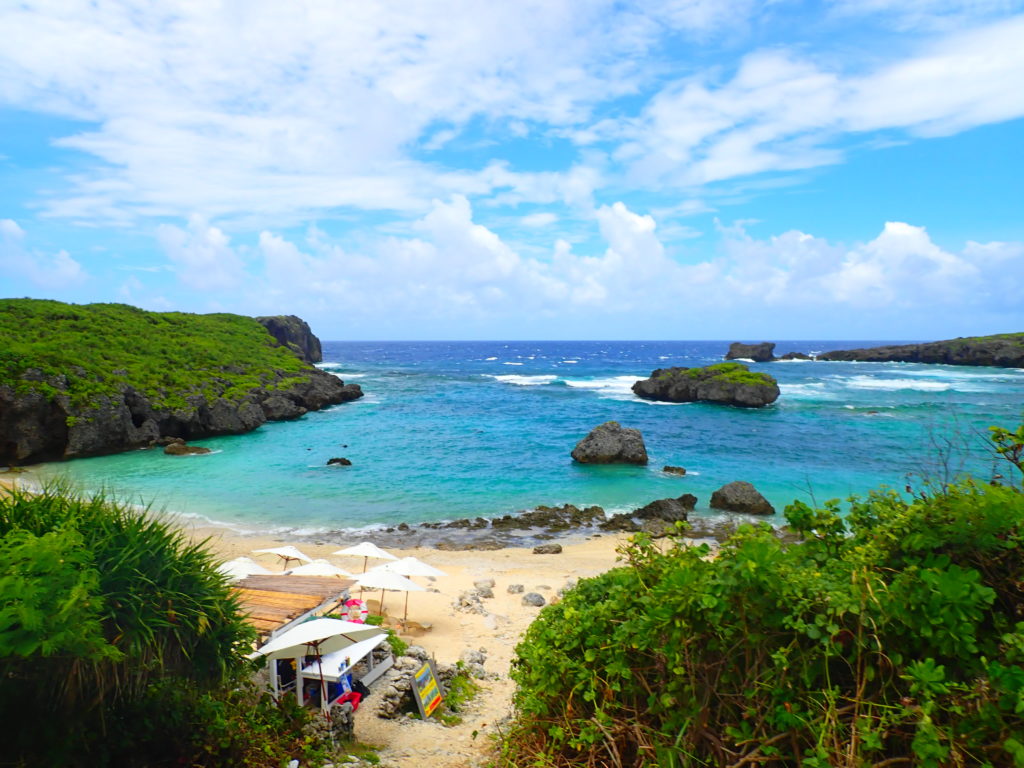
미야코와 인상적인 이라부오오하시 대교로 연결된 이라부섬은 자연과 문화 체험의 보물창고로, 현대적인 편의시설과 전통적 매력이 조화를 이루는 섬이다. 은 현대적인 편의시설과 오키나와의 전통적 매력이 완벽하게 조화를 이루고 있어 미야코 열도를 여행할 때 꼭 방문해야 할 곳입니다.
이라부-오오하시 대교: 공학의 경이로움
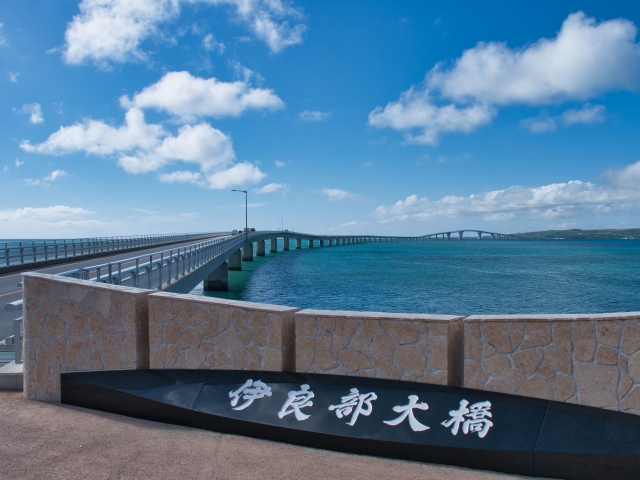
3,540m에 달하는 이라부오오하시 대교는 현대 공학의 위업이자 일본 최장 길이의 유료 다리로 손꼽히는 다리다.
2015년에 개통된 이 건축적 경이로움은 미야코와 이라부를 연결할 뿐만 아니라 동중국해의 숨막히는 경치를 선사한다. 운전하거나 자전거를 타고 다리를 건너는 것은 그 자체로 경험이며, 청록색 바다와 울창한 섬들의 파노라마 경관을 감상할 수 있다.
이 다리의 설계는 바람을 견딜 수 있는 구조로 되어 있어 오키나와의 태풍 시즌에도 안전하게 통행할 수 있도록 설계되었다.
이라부 섬에서 꼭 가봐야 할 관광 명소
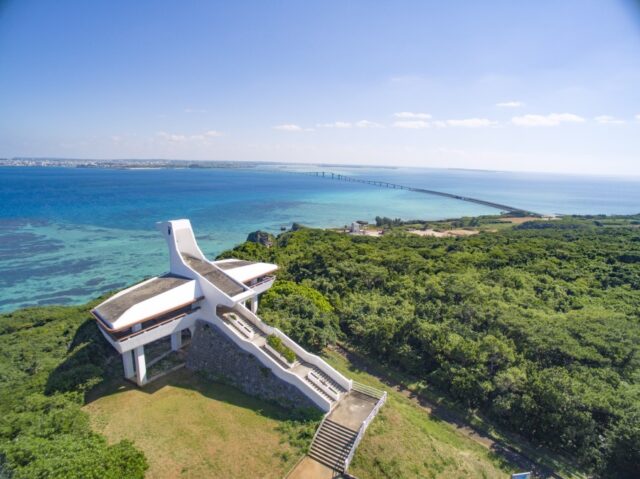
이라부 섬에는 여러 가지 매혹적인 명소가 있다.
사와다노하마 해변은 별 모양의 독특한 모래가 있는 해변으로 관광객들이 즐겨 찾는 곳이다.
역사 애호가라면 이라부 성터에서 섬의 과거를 엿볼 수 있다.
자연을 사랑하는 사람이라면 주변 섬과 바다를 360도로 조망할 수 있는 마키야마 전망대를 놓치지 말자.
토구치노하마 해변은 수영과 스노클링을 즐기기에 안성맞춤이며, 섬의 활기찬 해양 생물을 볼 수 있다.
현지 음식과 문화 체험
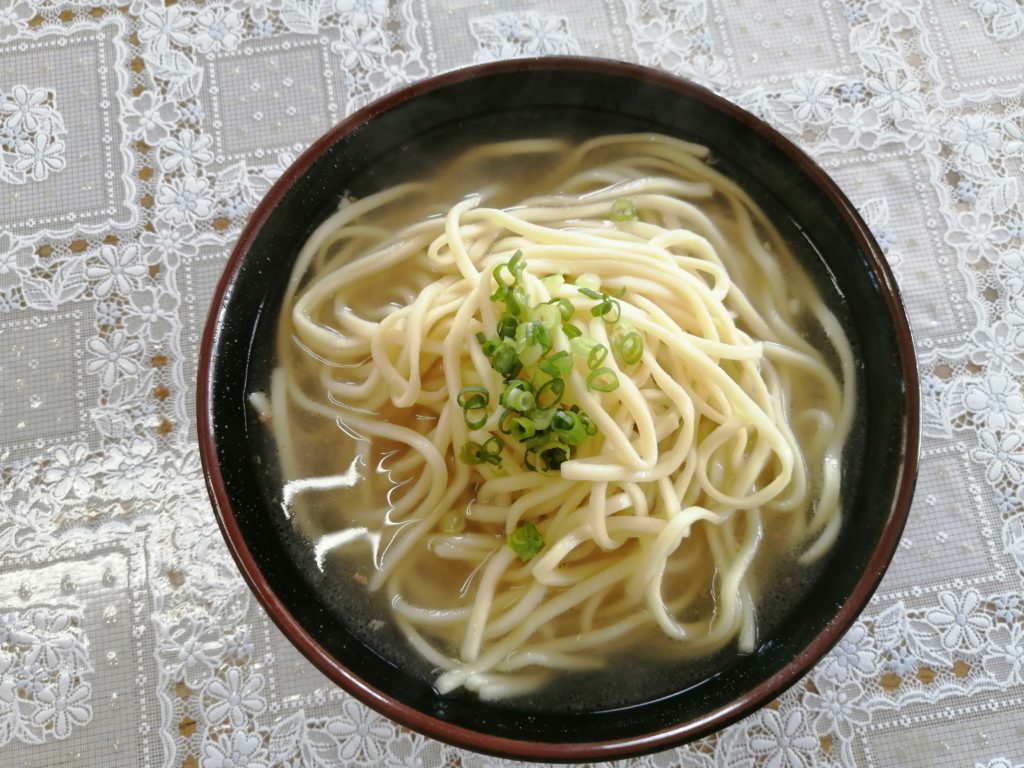
이라부의 풍부한 음식과 문화에 흠뻑 빠져보세요. 독특한 식감과 맛으로 유명한 이라부 소바와 같은 지역 특산품을 맛보세요.
미야코지마시 이라부 고고학 박물관을 방문해 섬의 역사와 전통 공예품에 대해 알아보고, 워크숍에 참가하여 미야코지마의 미야코 조후를 만드는 워크숍에 참여해보자.
진정한 오키나와를 경험하고 싶다면 민슈쿠(가족이 운영하는 게스트 하우스)에 머물며 가정식 식사와 따뜻한 오키나와의 환대를 즐겨보자.
이케마 섬을 발견하다
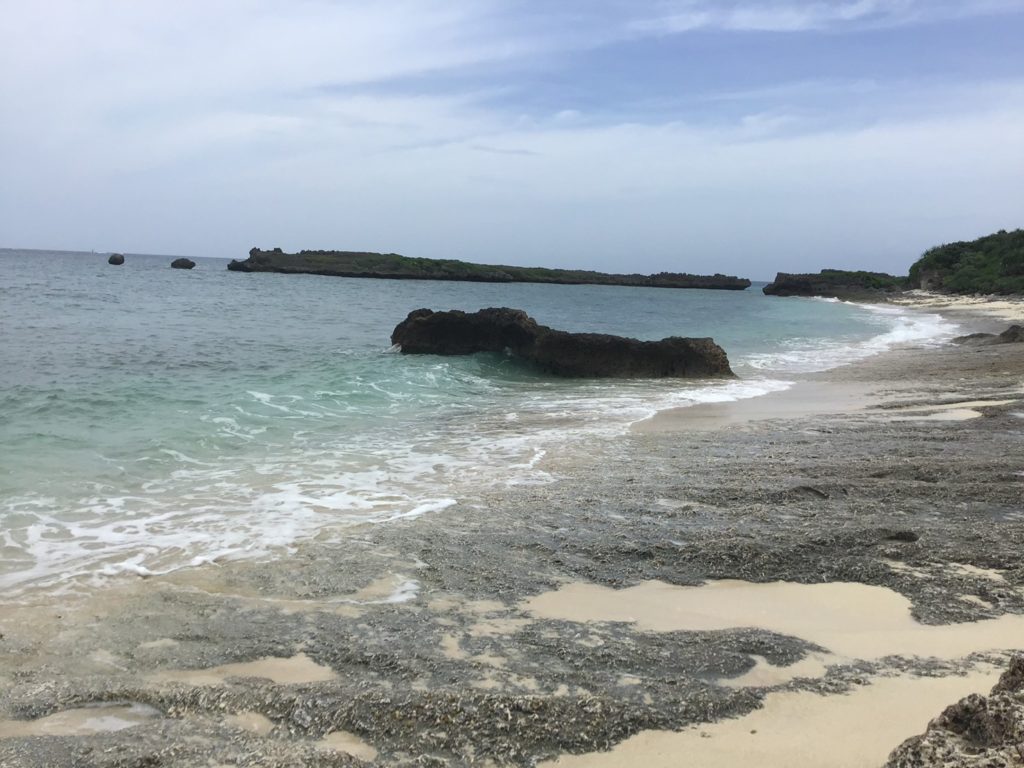
이케마 섬은 이라부보다 작지만 때묻지 않은 아름다움과 전통적인 매력으로 가득하다. 이케마 다리로 미야코와 연결되어 있는 이케마 섬은 이케마 섬은 오키나와의 느릿느릿하고 전통적인 삶의 속도를 엿볼 수 있는 섬이다.
이케마 브릿지: 문화를 잇다
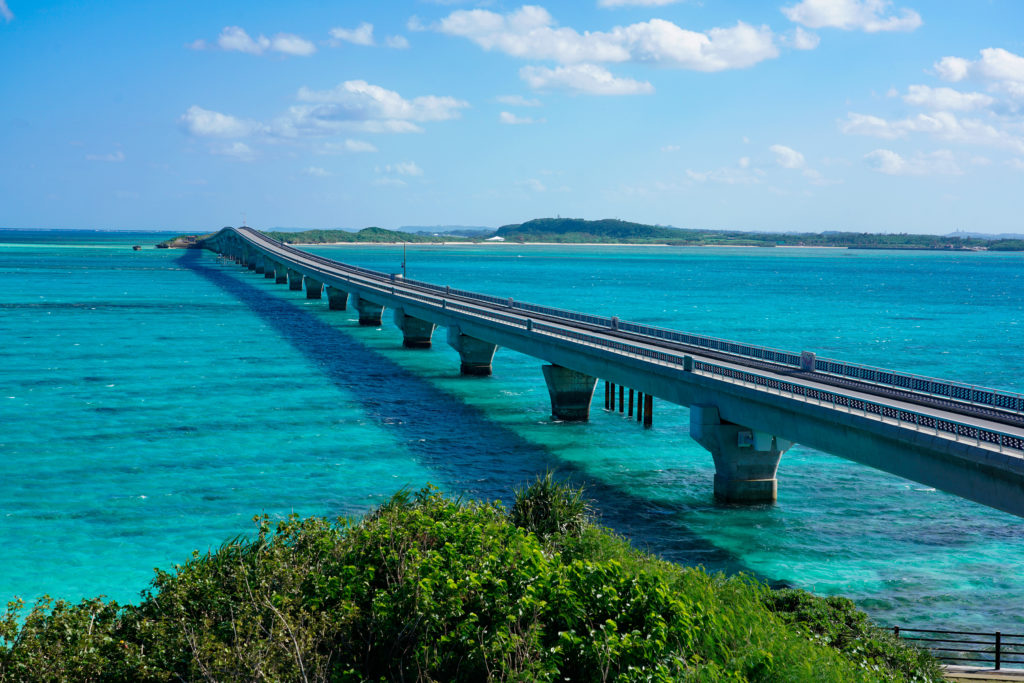
1,425m에 달하는 이케마 대교는 1992년부터 미야코 섬과 이케마 섬을 연결하고 있는 다리로, 접근성이 용이할 뿐만 아니라 두 섬의 문화가 융합된 것을 상징하는 다리이기도 하다.
건너다 보면, 아래에서 맑은 바닷물이 펼쳐지는 장관을 볼 수 있을 것이다.
이 다리는 일몰을 감상하기 위한 명소로 자리 잡았으며, 많은 방문객들이 골든타임에 맞춰 다리를 건너는 시간을 맞추기 위해 시간을 맞춰 건너는 경우가 많다.
이케마 섬의 자연경관
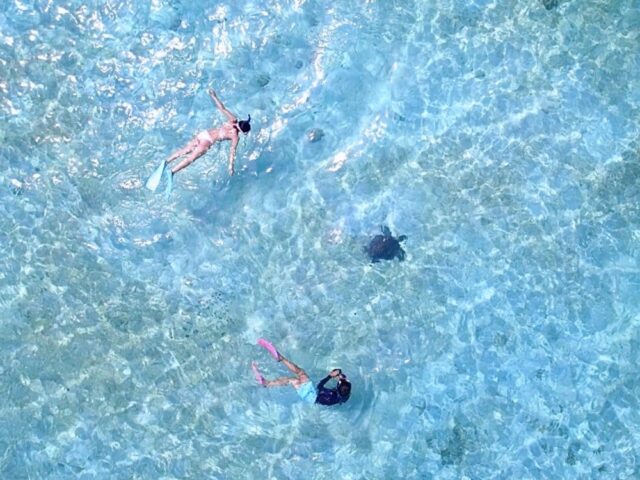
이케마 섬은 자연 애호가들의 천국이다. 보호구역인 이케마 습지에는 멸종위기종 등 다양한 동식물이 서식하고 있다. 방문객들은 산책로를 통해 습지를 둘러보며 토종 조류와 식물을 관찰할 수 있다.
이케마 비치와 같은 섬의 해변은 깨끗한 백사장과 맑은 물이 있어 수영과 스노클링을 즐기기에 안성맞춤이다.
지질학에 관심이 있는 사람이라면 해안을 따라 형성된 석회암 지층은 오키나와의 독특한 암석 구조를 볼 수 있는 흥미로운 볼거리를 제공한다.
전통 마을 생활과 풍습
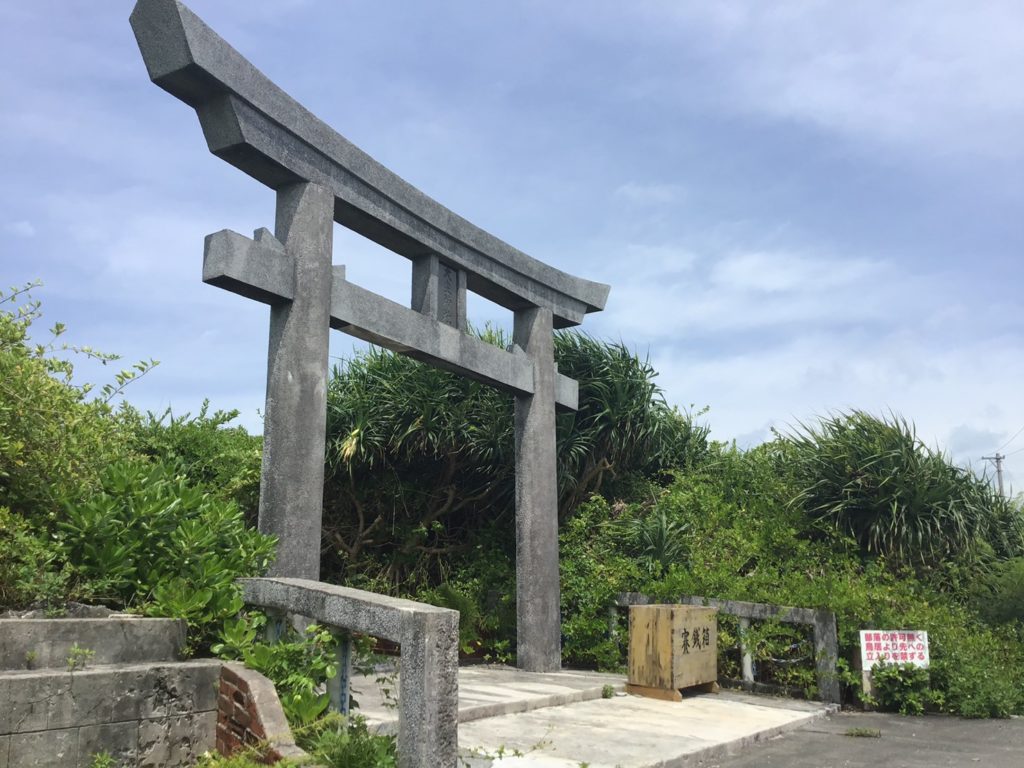
이케마 섬은 전통적인 미야코의 삶을 엿볼 수 있는 곳. 섬의 주요 마을은 좁은 전통 가옥이 늘어선 좁은 거리와 함께 옛 모습을 많이 간직하고 있다. 오키나와 전통 가옥이 늘어선 좁은 거리에서 매년 열리는 줄다리기 축제와 같은 현지 풍습을 관찰할 수 있다.
친절한 현지인들과 함께 이케마 섬에서 여전히 행해지고 있는 전통 어업 방식에 대해 알아보고, 이케마의 유명한 이케마 소금을 맛볼 수 있는 기회를 놓치지 마세요. 이케마의 유명한 소금을 맛볼 수 있는 기회를 놓치지 말자.
아일랜드 호핑 투어 계획하기
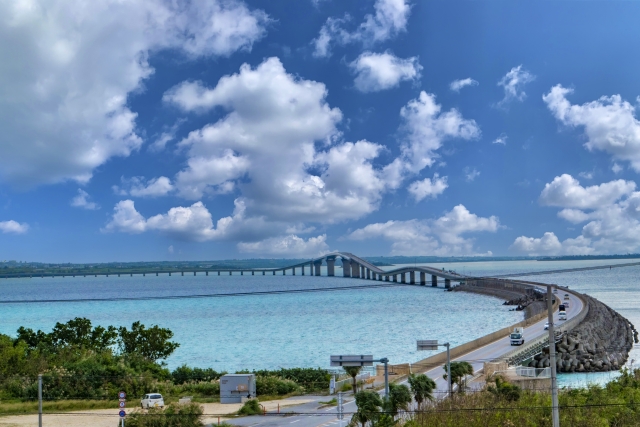
미야코, 이라부, 이케마를 가로지르는 아일랜드 호핑 어드벤처를 시작하려면 세심한 계획이 필요합니다. 이 섹션에서는 이 매혹적인 섬들을 최대한 활용할 수 있도록 잊을 수 없는 투어를 만들기 위한 필수 사항을 안내하여 매혹적인 오키나와 섬을 최대한 활용할 수 있도록 도와드립니다.
방문하기 좋은 시기
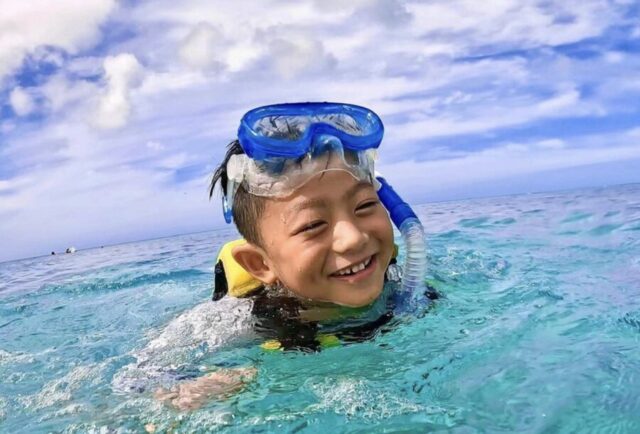
미야코, 이라부, 이케마 섬을 방문하기 가장 좋은 시기는 3~5월과 10~12월의 건기로, 이 시기에는 쾌적한 기온과 습도가 낮고 강우량이 적어 야외 활동과 관광을 즐기기에 안성맞춤이다.
여름(6~9월)은 기온이 따뜻해져 해변 활동에 적합하지만, 간혹 비가 내리고 관광객이 많아질 수 있으니 대비해야 한다.
겨울(1월~2월)은 서늘하지만 여전히 온화한 편이고, 인파도 적고 물가도 저렴해 알뜰한 여행자에게 안성맞춤이다.
교통수단 옵션

섬을 돌아다니는 것은 다리망 덕분에 비교적 쉽게 이동할 수 있다.
렌터카는 가장 융통성 있는 옵션으로, 자신의 속도에 맞춰 여행할 수 있는 가장 유연한 방법이다.
스쿠터와 자전거는 짧은 거리를 이동하기에 적합하고, 보다 몰입감 있는 체험을 할 수 있어 인기가 높다.
미야코와 이라부의 주요 명소를 연결하는 공공버스가 운행되고 있지만, 이케마에서는 운행이 제한적이다.
독특한 시각을 원한다면 가이드 투어에 참여하거나 카약을 대여해 해안선을 탐험하는 것도 좋다.
현재 대부분 일반 차량은 통행료가 무료이지만, 교량 통행료 정보를 확인하는 것을 잊지 말자.
숙박시설 선택
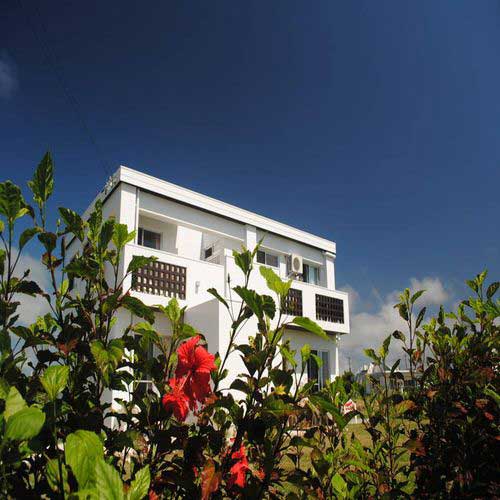
각 섬은 다양한 취향과 예산에 맞는 다양한 숙박 옵션을 제공한다.
미야코에는 고급 리조트부터 저렴한 가격대의 게스트하우스까지 모든 것을 만날 수 있다.
이라부 섬은 최근 전통적인 민숙과 함께 현대적인 편의시설을 갖춘 호텔과 리조트가 새로 생겨나는 등 발전하고 있다.
이케마는 규모가 작아 선택의 폭이 좁지만, 가족이 운영하는 게스트하우스를 통해 보다 친밀하게 머물 수 있다.
특별한 경험을 원한다면 지정된 해변에서 캠핑을 하거나 오키나와의 전통 가옥에서 숙박하는 것도 좋은 방법이다.
성수기에는 미리 예약해야 원하는 숙소를 확보할 수 있다.
섬 곳곳의 야외 활동
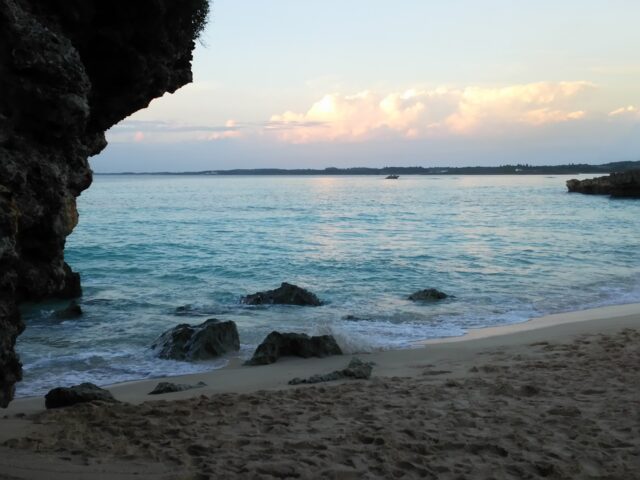
미야코 섬 그룹은 자연 애호가와 모험을 즐기는 사람들을 위한 다양한 아웃도어 액티비티를 제공합니다. 깨끗한 해변부터 경치 좋은 하이킹 코스까지 산책로까지, 이 섬들은 오키나와의 자연미를 보여주는 다양한 경험을 제공한다.
비치 호핑과 수상 스포츠
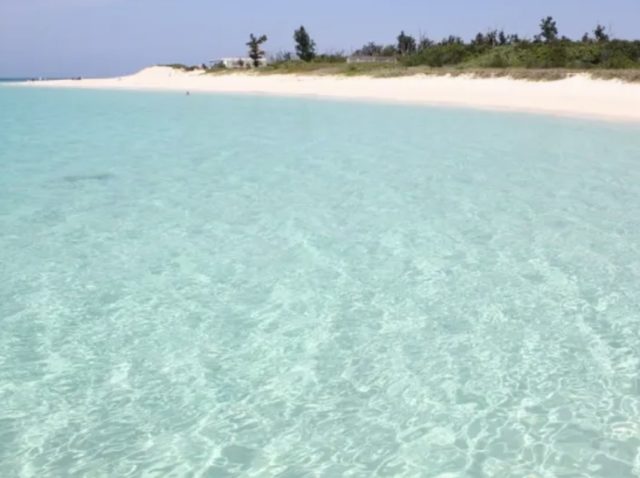
이 섬들은 일본에서 가장 아름다운 해변을 자랑한다.
미야코의 요나하 마에하마 해변은 아시아 최고로 손꼽히는 곳으로 일광욕과 수영을 즐기기에 안성맞춤이다.
산호초가 살아 숨 쉬는 것으로 유명한 이라부 요시노 해변에서는 스노클링과 다이빙이 인기다.
수상 스포츠 애호가들에게 이케마는 윈드서핑과 카약을 즐길 수 있는 훌륭한 조건을 제공한다.
많은 해변에서 스탠드업 패들보드, 제트스키와 같은 액티비티를 위한 장비 대여 및 강습을 제공한다.
이러한 자연 그대로의 환경을 보존하기 위해 현지의 가이드라인을 준수하는 것을 잊지 말자.
하이킹 및 자연 산책로
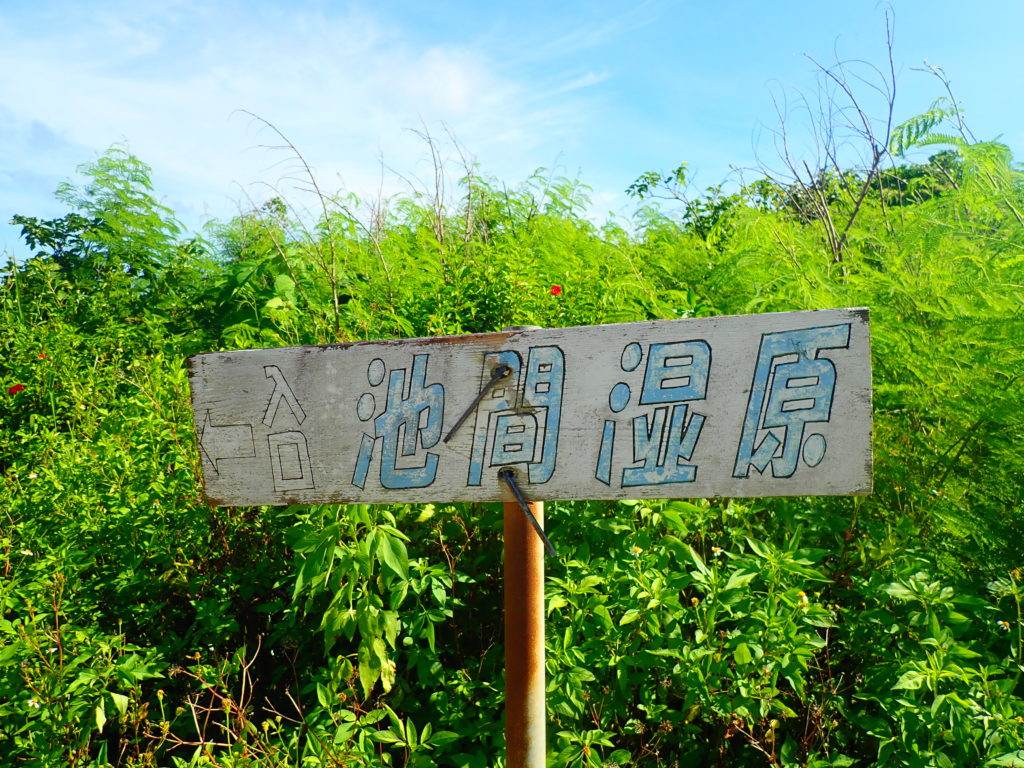
각 섬마다 독특한 하이킹을 경험할 수 있다.
미야코의 보라가 석회암 동굴 트레일에서는 고대 암석층을 통과하는 흥미진진한 여행을 즐길 수 있다.
이라부의 마키야마 전망대 산책로에서는 섬 군락의 전경을 한눈에 볼 수 있다.
이케마의 습지 산책로에서는 지역 동식물을 가까이에서 관찰할 수 있다.
이 트레일들은 난이도가 다양하여 가벼운 산책자부터 숙련된 등산객까지 모두 즐길 수 있습니다. 항상 트레일 상태를 확인하고 물, 자외선 차단제, 벌레 퇴치제 등 필수품을 지참하세요. 물, 자외선 차단제, 방충제 등 필수품을 챙겨야 한다.
경치 좋은 드라이브와 전망대
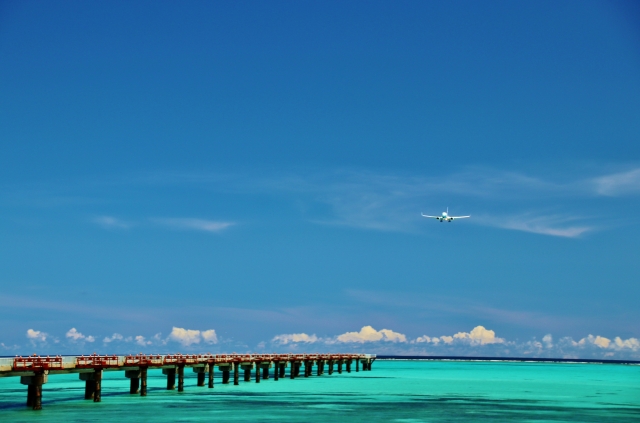
섬을 연결하는 다리 네트워크는 숨막히는 경치 좋은 드라이브의 기회를 만들어낸다.
특히 일몰 무렵의 이라부-오오하시 대교 드라이브는 장관을 이룬다.
미야코에서는 히가시헤나자키 곶 등대까지 가는 해안도로에서 멋진 바다 풍경을 감상할 수 있다.
이라부의 시모지시마 공항도로는 바다 위를 이륙하는 비행기를 볼 수 있는 독특한 풍경을 선사한다.
최고의 전망을 보려면 이라부의 마키야마 전망대나 이케마의 언덕 위에 있는 전망대를 방문해보자.
컨버터블을 빌리거나 가이드 투어에 참여하여 이 경치 좋은 루트를 충분히 감상하는 것을 고려해보자.
문화체험과 지역축제

미야코, 이라부, 이케마 섬의 풍부한 문화에 흠뻑 빠져보는 것은 방문의 필수적인 부분이다. 이 섬들은 독특한 전통을 보존하고 있으며 지역 생활 방식에 대한 통찰력을 제공하는 활기찬 축제를 개최합니다.
미야코 전통 공예품
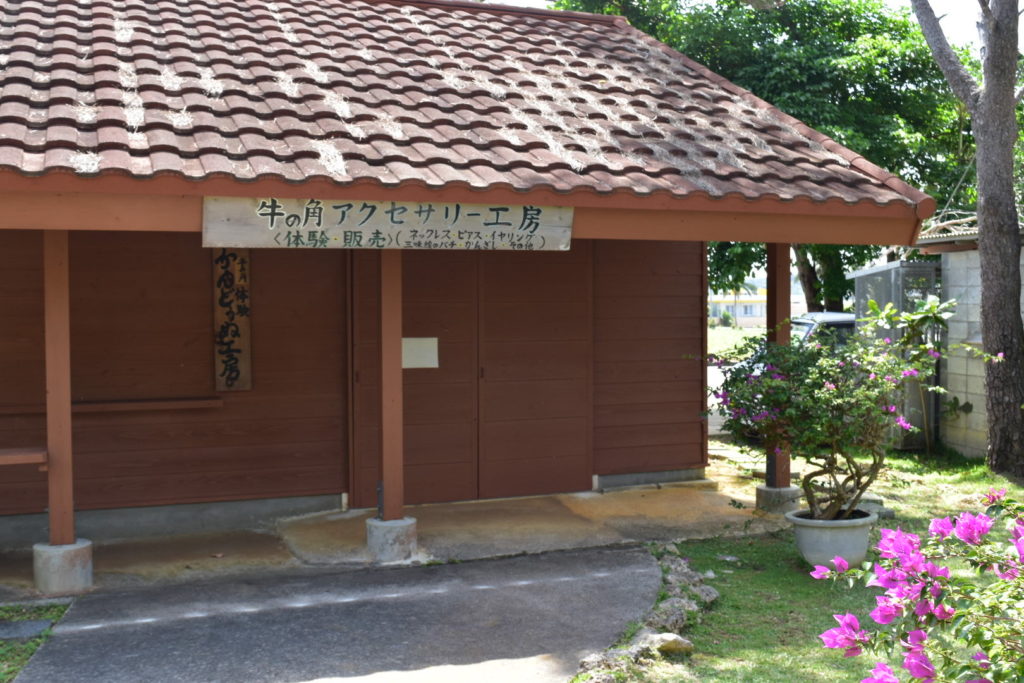
이 섬들은 독특한 예술과 공예품으로 유명하다.
일본 중요무형문화재로 지정된 고급 모시 직물인 미야코조후는 직조 과정을 관찰할 수 있고, 직접 만들어 볼 수도 있다. 직조 과정을 관찰할 수 있으며, 직접 만들어 볼 수도 있다.
이라부에서는 여전히 전통 방식으로 미야코 소금을 만드는 기술이 이어지고 있다.
이케마는 현지에서 채취한 조개껍질을 이용해 장인들이 정교한 디자인을 만들어내는 쉘 공예로 유명하다.
섬 곳곳에 있는 많은 공방과 작은 박물관에서는 이러한 전통 공예를 직접 체험할 수 있는 기회를 제공하고 있다.
연례 축제 및 이벤트
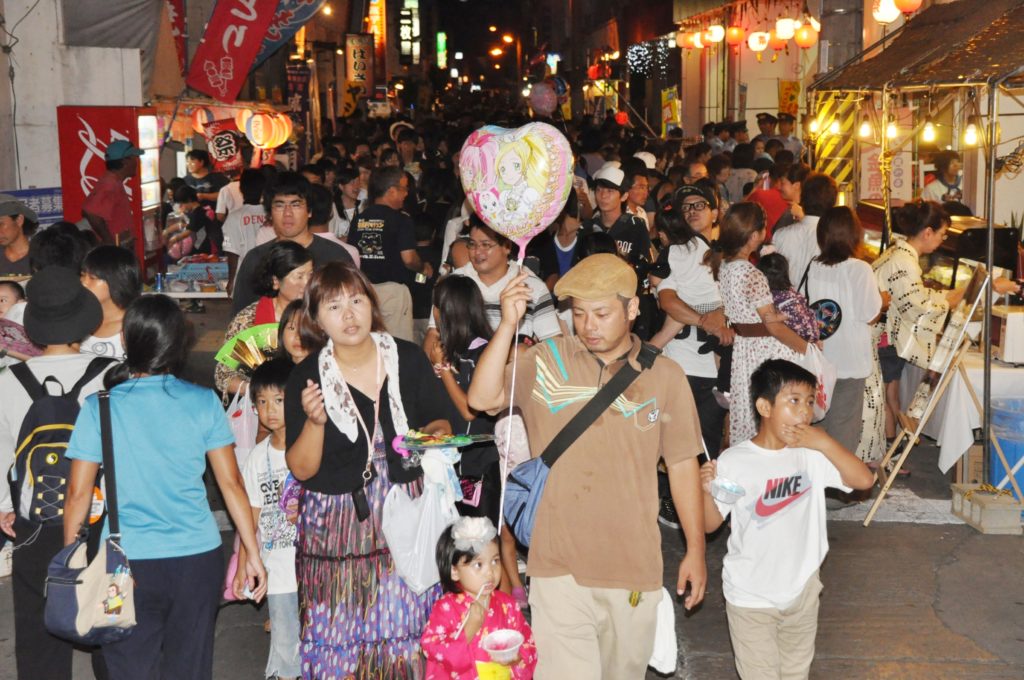
섬은 일 년 내내 축제로 활기를 띤다.
8월에 열리는 미야코 섬 축제에서는 오키나와 전통 춤과 음악, 화려한 불꽃놀이가 펼쳐진다.
10월에 열리는 이라부의 추수 축제는 음식 장터와 문화 공연으로 섬의 풍요로운 농산물을 기념하는 행사다.
7월에 열리는 이케마의 줄다리기 축제는 지역 주민과 방문객이 함께 모여 친선경기를 펼치는 커뮤니티 행사다.
이 축제는 현지 풍습을 체험하고, 전통 음식을 맛보고, 지역 주민들과 교류할 수 있는 특별한 기회를 제공한다.
지역사회와의 교류
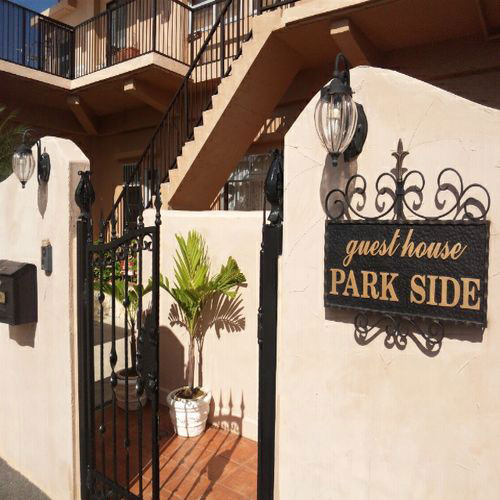
지역 사회와의 교류는 진정한 문화 체험을 제공합니다. 각 섬의 작은 마을을 방문하여 일상 생활과 전통 관습을 관찰하고, 많은 현지인들이 섬의 역사와 관습에 대한 이야기를 기꺼이 들려줍니다. 섬의 역사와 풍습에 대한 이야기를 들려주는 현지인들도 많다. 해변 정화 활동이나 재래시장과 같은 지역 행사에 참여하여 주민들과 소통할 수 있다. 주민들과 소통할 수 있다.
민슈쿠(가족이 운영하는 게스트하우스)에 머물면서 현지인들과 좀 더 친밀하게 교류할 수 있습니다. 몇 가지 기본적인 미야코어 표현을 배우면 현지 문화에 대한 존중을 표현할 수 있다.
섬 생태계 보존
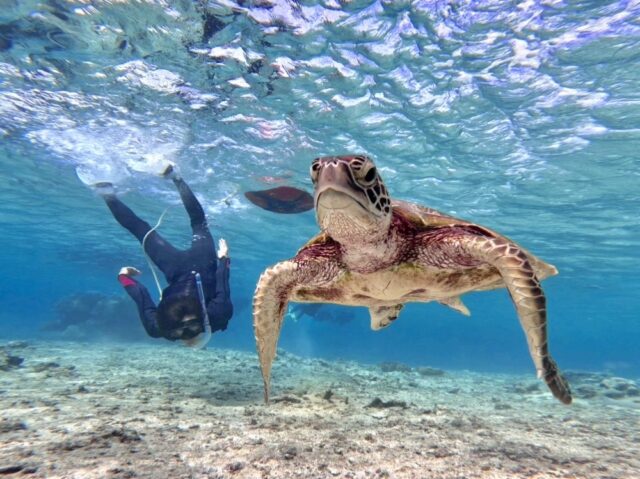
미야코, 이라부, 이케마 섬의 섬세한 생태계는 관광 및 개발 증가로 인한 도전에 직면하고 있다. 경제 성장과 환경 보존의 균형을 맞추기 위한 노력이 진행되고 있으며, 미래 세대가 이러한 청정 환경을 누릴 수 있도록 보장하고 있다.
환경보전 노력과 지속가능한 관광
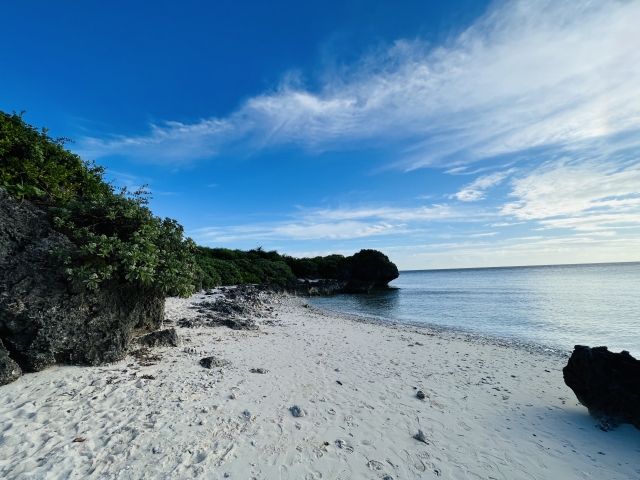
지역 당국과 환경단체는 보호구역 지정, 개발 규제, 친환경 관광 활성화 등 다양한 보전 활동을 전개하고 있다. 개발 규제, 친환경적인 관광을 장려하는 것 등이 포함된다.
방문객들은 친환경 인증을 받은 숙박시설을 선택하고, 해변 청소에 참여하며, 책임감 있는 관광을 위한 가이드라인을 준수함으로써 기여할 수 있다. 지역 방문자 센터의 교육 프로그램은 섬의 독특한 생태계와 보존의 중요성에 대한 인식을 제고한다. 지속가능성을 우선시하는 지역 사업체를 지원하는 것은 섬 전체에서 친환경적인 관행을 장려하는 데 도움이 된다.
해양생물 보호 활동
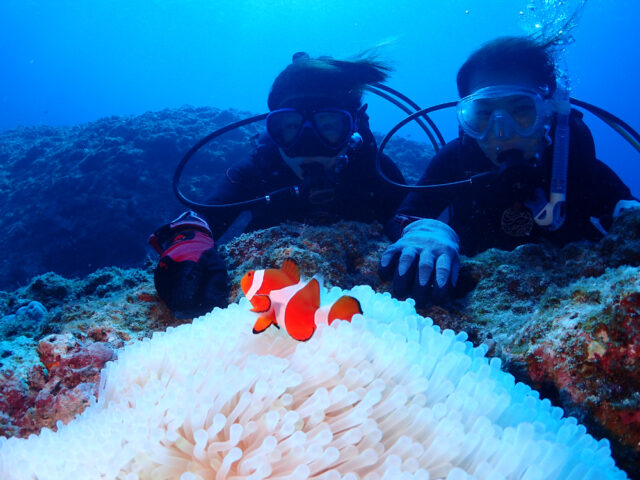
섬 주변 해역에는 멸종위기종 등 다양한 해양 생물이 서식하고 있으며, 산호초 복원 프로젝트가 진행 중이고, 방문객들이 산호초 식재 활동에 참여할 수 있는 기회가 제공된다. 산호초 복원 프로젝트가 진행 중이며, 방문객들이 산호초 심기 활동에 참여할 수 있는 기회도 제공된다. 스노클링과 다이빙 업체들은 종종 해양 보호에 대한 교육적 요소를 투어에 포함시키기도 한다.
책임감 있는 사업자를 선택하고 해양 보호 구역을 존중함으로써, 방문객들은 수중 생태계를 보존하는 데 중요한 역할을 합니다. 미래 세대를 위한 수중 생태계를 보존하는 데 중요한 역할을 합니다.
결론: 미야코의 섬에서 경험하는 브리징 경험
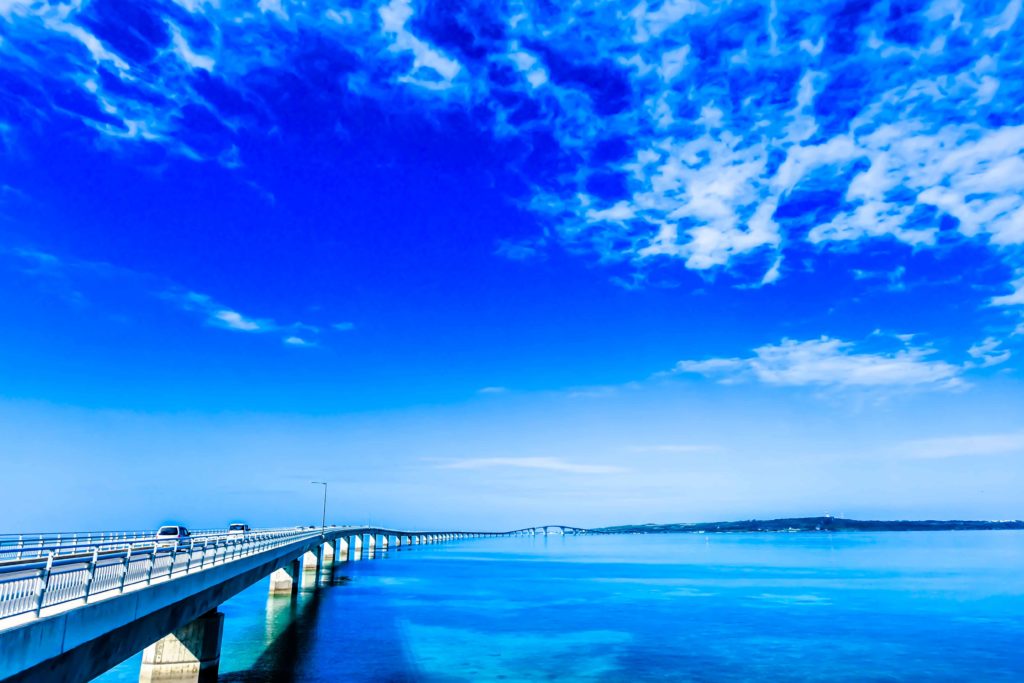
미야코, 이라부, 이케마 섬을 연결하는 다리 네트워크는 방문객들에게 다양한 체험의 세계를 열어주었습니다. 아름다운 해변과 풍부한 문화적 전통부터 문화 전통부터 현대 공학의 경이로움에 이르기까지, 이 섬들은 자연의 아름다움과 인간의 성취가 독특하게 조화를 이루고 있다. 모험을 계획할 때, 현지 관습과 환경을 존중하며 책임감 있게 여행하는 것을 잊지 말자.
서로 다른 풍경과 문화를 넘나들며 이곳에서 만든 추억은 평생 간직할 수 있으며, 오키나와 섬 생활의 진정한 매력을 느낄 수 있을 것이다.
추천 투어 ↓ ↓
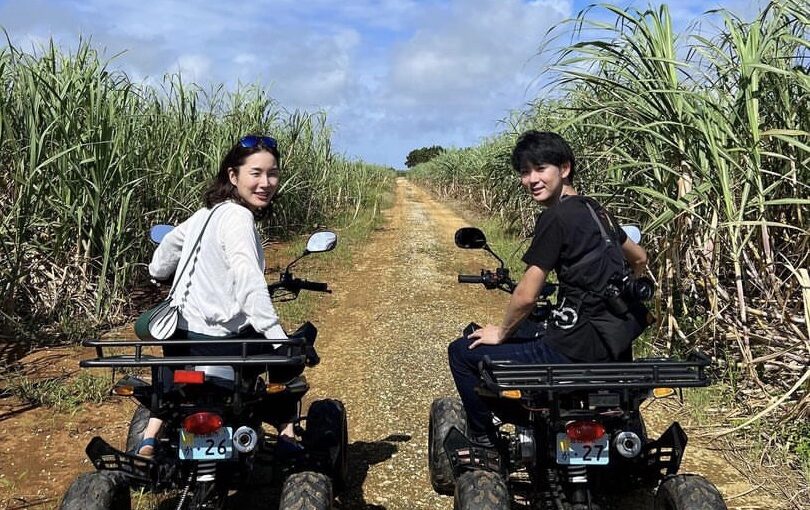 伊良部島初☆】명소를 둘러보자! 이라부 섬 버기 투어 3시간 코스《사진・동영상 촬영 무료》현지 스탭의 강의로 초보자도 안심! (No.960)開始時間:10:00-13:00 / 14:30-17:00필요한 시간약 3시간16,500엔
伊良部島初☆】명소를 둘러보자! 이라부 섬 버기 투어 3시간 코스《사진・동영상 촬영 무료》현지 스탭의 강의로 초보자도 안심! (No.960)開始時間:10:00-13:00 / 14:30-17:00필요한 시간약 3시간16,500엔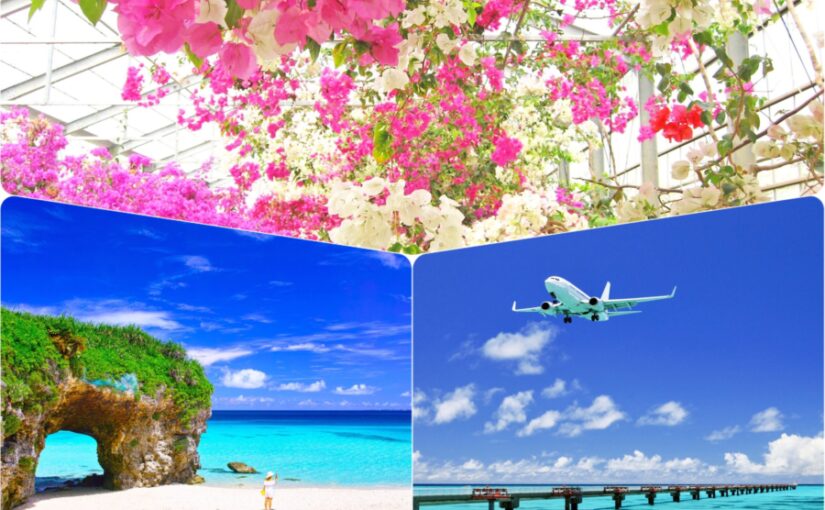 미야코지마/관광버스/1일] 색채가 풍부한 인기 5대 절경 스폿을 둘러보자☆버스 가이드가 동행하는 관광버스 투어 (No.926)開始時間8:30~17:15필요한 시간약 8시간7,400엔
미야코지마/관광버스/1일] 색채가 풍부한 인기 5대 절경 스폿을 둘러보자☆버스 가이드가 동행하는 관광버스 투어 (No.926)開始時間8:30~17:15필요한 시간약 8시간7,400엔
